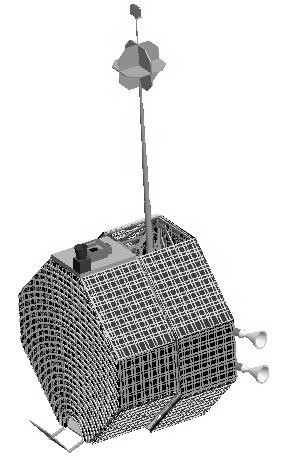IRENA – Israel Regional Navigation Satellite System
- E. Azar, D. Ben-Melech, O. Ben-Yaacov, O. Brokman, E. Fligelman, R. Kfir and T. Podolsky
- Dr. Alexander Kogan

IRENA is a concept of regional navigation system based on a formation of a mother satellite and four small daughter satellites in GEO. The formation of the satellites should be non-degenerate i.e. its volume should never vanish because degeneration implies catastrophic loss of positioning precision in the vicinity of the plane containing the five satellites. The whole formation should agree with existing international regulation concerning the allocation of stations in GSO.
The formation is sufficiently compact to allow a much simpler implementation of the satellite navigation flotilla than that used in GPS. In particular, no ultra-precise clock, which is the most expensive and complex element of onboard hardware, is needed.
Given the coordinates of all involved satellites, the user's position can be determined in a way similar to that used by GPS. The mother satellite emits a sequence of packets containing a quasi-random batch of pulses and two position vectors. In it, one of the mother and the other of one of the daughters. The packets go directly to the earth and to the daughters. Every daughter recognizes her packet and relays it to the Earth. The user's terminal computes the cross-correlation of the direct and relayed signals. Its peak emerges at the positions that correspond to the delay of the relayed signal with respect to the direct one.
Thus the user's terminal receives four delays *i (i=1,2,3,4), one for every daughter. It is similar though not exactly identical to the GPS system. The difference stems from a different synchronization method. Unlike GPS, in the proposed system the mother satellite emits a butch, which triggers the daughters' emission when it reaches them. The difference implies a different technique of data processing for user's position evaluation.
A cornerstone of the system is the capability of very accurate determination of formation orbits. The presented concept of precise orbit determination combines ground tracking for positioning the formation as a whole with autonomous determination of relative positions in the formation. According to numerical simulation, this technique is capable of reaching the required accuracy. Measuring the positions at reference points with precisely known coordinates will give additional navigation data.









